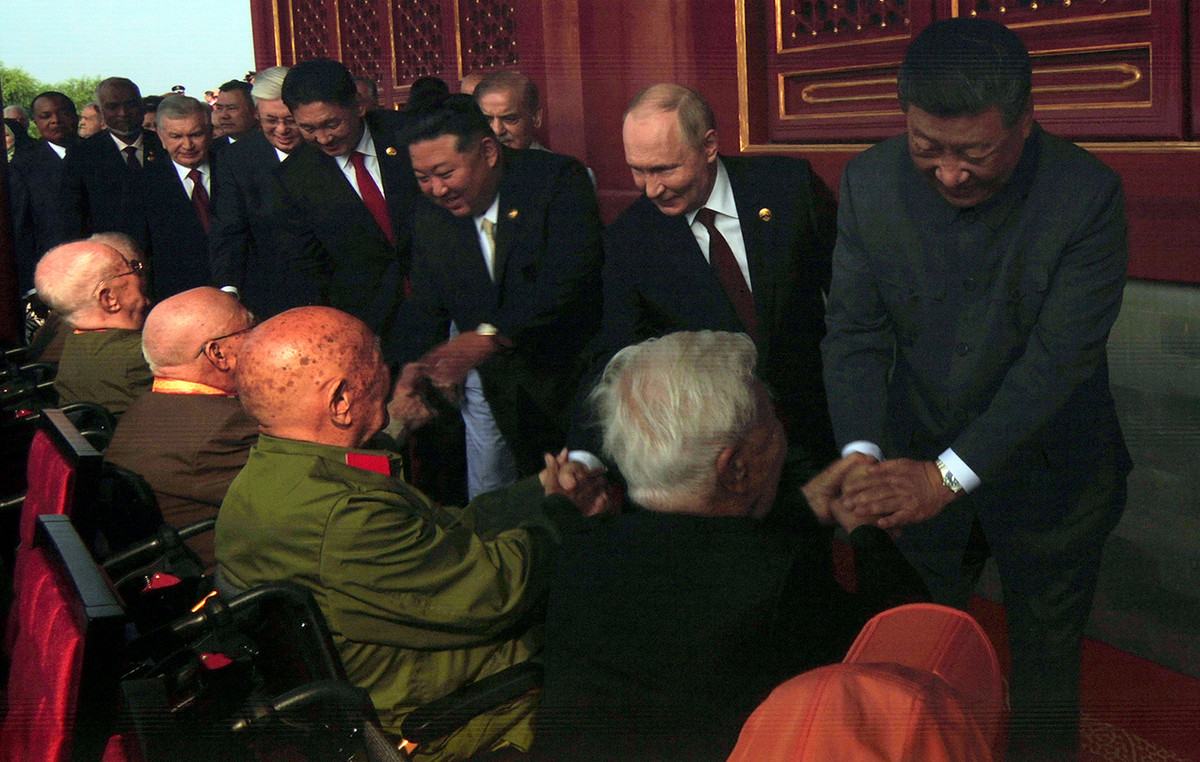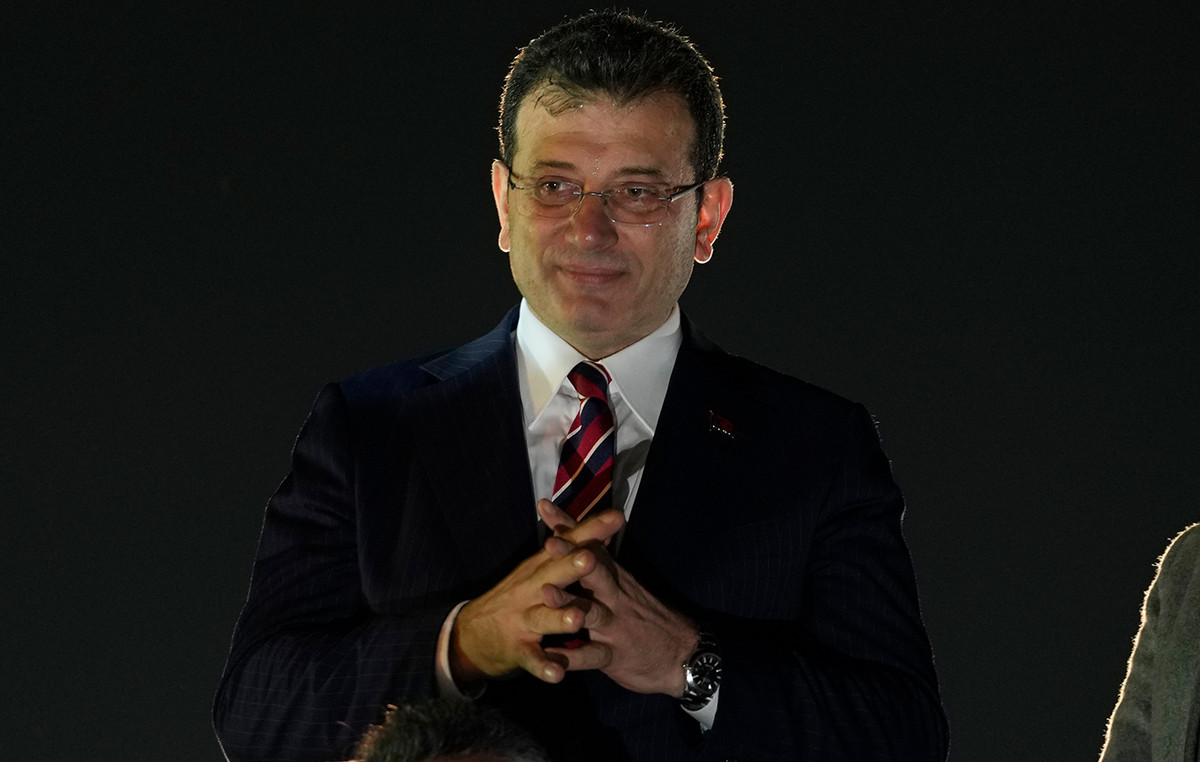The expenses with delivery totaled BRL 40.5 billion in 2021, representing 24% more than the previous yearaccording to a study carried out by GS&NPD, in partnership with Instituto Food Service Brasil.
The survey also points out that the total traffic of visitors to websites and applications in the category rose 13%, to 2.2 billion hits.
“The pandemic just boosted a movement that was already observed in the market. Delivery makes life easier for those who consume and strengthens the food chain outside the home”, says Ingrid Devisate, executive director of Instituto Food Service Brasil.
The data confirm what most Brazilians must have realized: the pandemic served as a catalyst for the supply — and demand — of online services. It changed and established new shopping habits, revisited on Consumer Day, celebrated this Tuesday (15th) in retail.
According to experts, the pandemic accelerated a trend that already existed, but still at a slow pace in Brazil.
“This process would have taken place without her: but it would take much longer. The pandemic has shown this need for both consumers and entrepreneurs,” she told the CNN Rodrigo Bandeira, vice president of the Brazilian Trade Association (ABComm).
With advanced vaccination, the easing of mask use and the removal of restrictions, life is returning to (relative) normality. In this context, which consumption habits acquired in the pandemic are here to stay, and which will be restricted to remote quarantine days?
Digital habit is here to stay
The period of virtual ordeal is over, according to Bandeira.
Consumers have tested and, today, recognize the safety, effectiveness, convenience and diversity of products when buying through the internet — a fact that has not gone unnoticed by companies in the country.
Bandeira brings a jargon applicable to the context: “whoever has an online store, has a store open 24 hours a day, from Sunday to Sunday.” Companies in the country rushed to expand their virtual services and improve existing platforms.
For experts, user experience is also a concern that has become consolidated. to Ingrid, the big innovation is personalization. “Customer communication via media and apps is critical and cannot be impersonal.”
“In addition, the adoption of technologies to improve processes, sales, service time and efficiency, always with a focus on the customer”, he adds.
The advantages for both sides are clear: there is no evidence for experts to believe that these advances in technology and the virtual experience will be set back by the face-to-face return.
Challenge for digital marketing
When addressing trends that may go away, it is necessary to talk about the white elephant in the room: with the exponential growth of e-commerce and online platforms, Will physical stores become obsolete?
Not necessarily. In a survey conducted by Criteo, 72% of the 17,000 respondents said they look for products in physical stores before making an online purchase.
The data also showed that as countries around the world relaxed Covid-19 restrictions, In-store purchases increased by 20% in 2021 compared to 2020.
“We’ve seen e-commerce reach unprecedented levels of growth in recent years, but brick-and-mortar stores still play a vital role in the buyer’s journey,” says Tiago Cardoso, Criteo’s managing director for Latin America.
In other words: although online services are here to stay, physical stores will not go out of style anytime soon.
Digital marketing, in turn, should not be so lucky.
Data from the National Telecommunications Agency (Anatel) for 2020 showed that internet use in Brazil grew between 40% and 50% during the quarantine.
This marketing emerged in this context. According to Bandeira, with this reality behind us, adaptations may be necessary.
“This [marketing e publicidade] it was very embarked, in a very heavy frequency and scale. Returning to our daily life and routine, albeit in a very different way. A slowdown can be sorely needed,” she explains.
“I believe that it does have to be remodeled so that there is prudence in this new stage 2022 and 2023. Communication in a relevant way, which does not disturb the consumer”.
Trends for 2022
For this year, experts predict an increase in numbers related to online consumption. “The numbers will continue to grow. Not with the same robustness as 2020, but yes. The Brazilian digital market is far from its degree of maturity, where we will have more stable numbers”, says Bandeira.
“The sector is constantly evolving, and the main challenge for 2022 is to seek a balance in relation to expenses and revenues, that is, to make it profitable”, concludes Ingrid.
In the food sector, the Foodservice Brazil Institute forecasts a 5% growth in spending in the food-away-from-home sector.
Specialists also cite the metaverse, a theme that has been drawing more and more attention from companies, and which may be available in the daily lives of Brazilian consumers in the future.
In addition, Bandeira believes that, currently, companies are extremely focused on reaching those who already browse — thus, a portion of the population is eliminated from the possibility of purchasing online, causing a gap in the market.
For him, this is “an audience that also wants comfort, and an audience that is often financially much more balanced”. He says he hopes that, in the future, the digital market can look to past generations as a consumer audience.
* Under supervision of Deise de Oliveira
Source: CNN Brasil
I am Sophia william, author of World Stock Market. I have a degree in journalism from the University of Missouri and I have worked as a reporter for several news websites. I have a passion for writing and informing people about the latest news and events happening in the world. I strive to be accurate and unbiased in my reporting, and I hope to provide readers with valuable information that they can use to make informed decisions.







